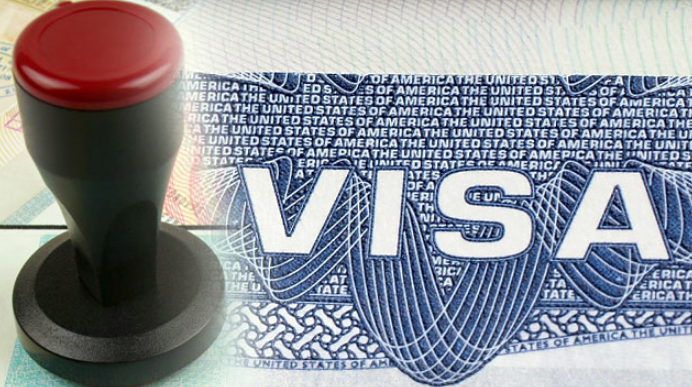Nick Day
May 16, 2019
Workshop Reviews All Types of Visas, How They Impact Withholding

 Workers coming into the United States to perform services may enter under several different visa types. These visas generally dictate how the payroll taxes are handled. In the Wednesday workshop “When Does a Visa Impact Withholding?” Mindy Mayo, CPP, discussed how to calculate taxes based on the visa type.
Workers coming into the United States to perform services may enter under several different visa types. These visas generally dictate how the payroll taxes are handled. In the Wednesday workshop “When Does a Visa Impact Withholding?” Mindy Mayo, CPP, discussed how to calculate taxes based on the visa type.
Mayo, Principal and Human Capital Tax Practice Leader with Ryan discussed the difference between immigrant visas and non-immigrant visas. She also outlined all the different visas, including Business Visitor visa (B1), Student visa (F-1 or F-2), Skilled Temporary Workers visa (H2-B), Aliens of Extraordinary Talent visa (O), and Athletes or Entertainers visa (P).
 Attendees learned that FICA taxation differs depending on the visa type. Payments for services that non-residents perform in the United States are generally subject to FICA and FUTA taxation. However, totalization agreements may exist for foreign employees who are subject to FICA taxation.
Attendees learned that FICA taxation differs depending on the visa type. Payments for services that non-residents perform in the United States are generally subject to FICA and FUTA taxation. However, totalization agreements may exist for foreign employees who are subject to FICA taxation.
Federal income tax withholding is for non-resident aliens who are generally subject to federal income tax withholding from payments from sources within the United States, and withholding is at the same rates as for U.S. citizens. However, they will need to complete a W-4 Form. If they claim an exemption from or a reduced rate of withholding based upon a tax treaty, then they will need to provide a Form 8233.
Mayo also discussed treaties and withholdings. Attendees learned that when it comes to state taxation, there is UI reciprocity with Canada. For state income tax withholding, the payroll manager would need to find out if the state acknowledges federal treaties.




-1.png?width=150&height=71&name=MicrosoftTeams-image%20(1)-1.png)